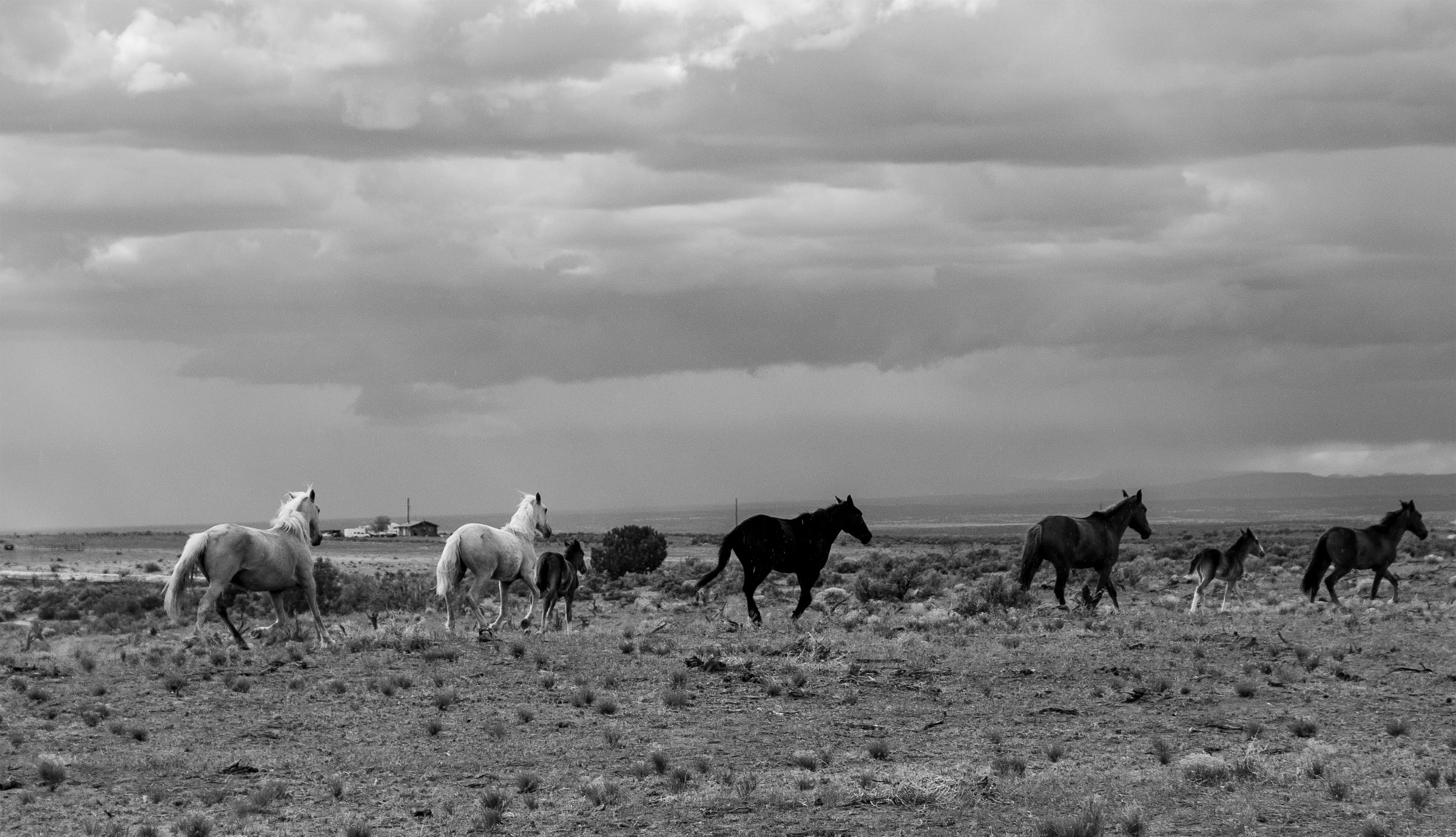Mining Monitor: Velvet-Wood, Anson royalties, South32 Hermosa Mine
And some photos
The weather in the Four Corners Country was normal for May, which is to say it was absolutely abnormal. Following a long, hot and dry spell, the winds moved in, whipping the orange dust of the Colorado Plateau into a sand-blast to the face — and the rapidly melting snowpack. The airborne dust turned the sky into an orange veil that captured light. Then …
Keep reading with a 7-day free trial
Subscribe to The Land Desk to keep reading this post and get 7 days of free access to the full post archives.


